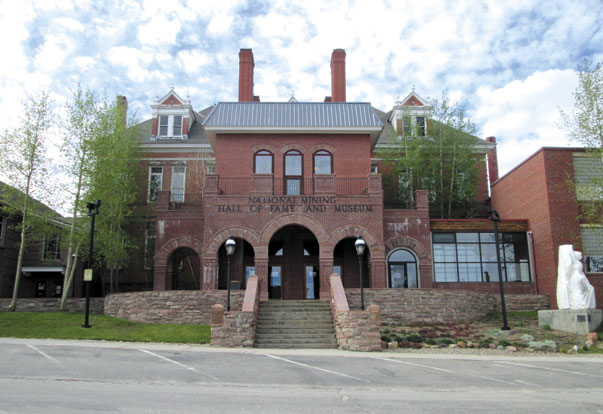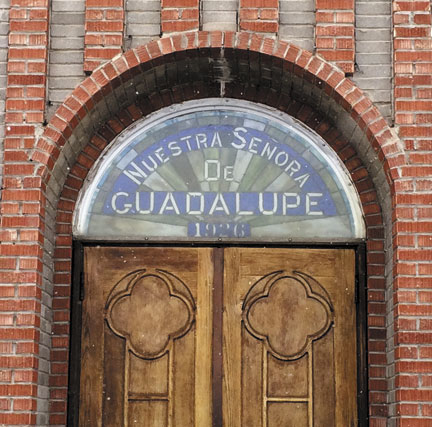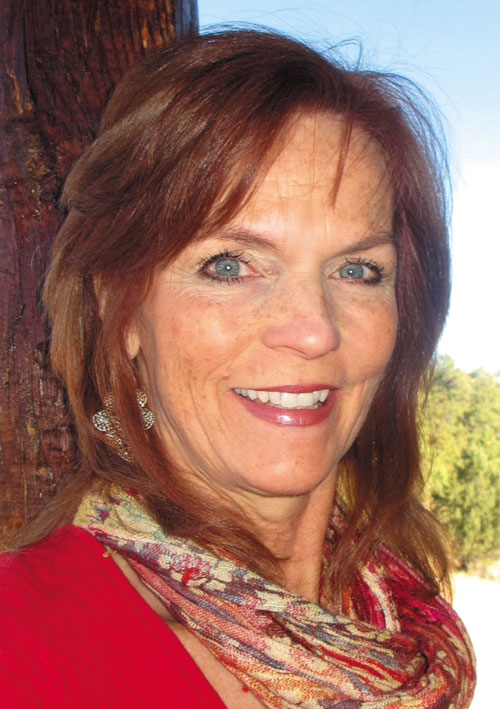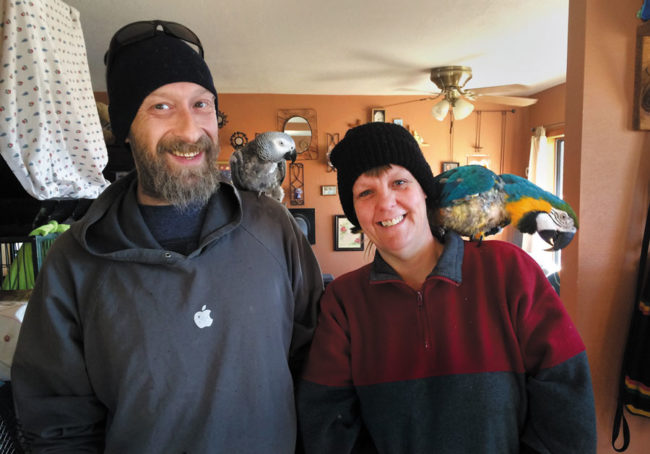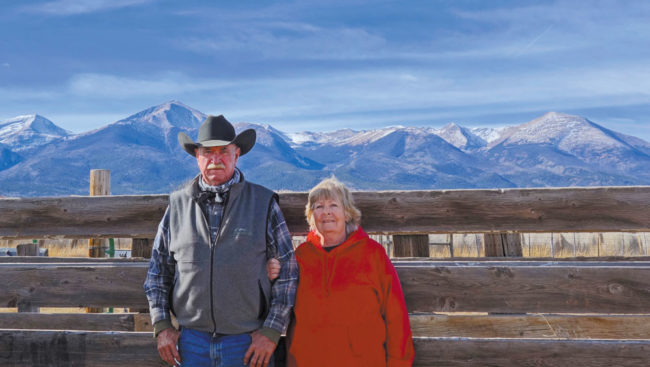By Martha Quillen
During the second week of November, most of my Facebook friends were posting glad tidings about both the national election results and Salida’s recent city council election. I should have been elated myself, since I voted for winner P.T. Wood. Wood struck me as well-informed, amiable and less partisan than his opponent, and I hoped he might inspire earnest discussion and cooperation.
But with that said? I’m not sure collaborative politics can work right now, because whether the subject is national or local, political discourse tends to be antagonistic and reduced to talking points and reflexive arguments.
I used to weigh in on whether I wanted trees planted or sidewalks repaired in Salida, but that was before accusations, counter accusations and perpetual charges of rudeness, misconduct and incompetence started dominating Salida’s public affairs. Six years ago, I routinely voted for council members and mayors, but in the last five years? I often skip that part of the ballot because local campaigning is so freighted with allegations and suppositions it would take a police investigation to sort it all out.
[InContentAdTwo]
And I personally don’t feel comfortable even talking about, let alone deciding, whether assertions by Eileen Rogers are more or less valid than Jim LiVecchi’s claims that her assertions were libelous. It’s not that I don’t believe there are things worth fighting over, but I don’t think Salida’s procedural and line item budget issues are in that category.
On the other hand, however, I don’t actually think that’s what we are fighting about. All too often, modern issues are secondary, and sometimes totally insignificant, in comparison to the hostility displayed, likely because what citizens are really fighting about is who matters, which is downright wrong and un-American. But at this point, our political process has divided the whole country into a patchwork of conflicting peoples, and it has us battling over whether red or blue, black or white, rich or poor, Northern or Southern, Idahoan or Ohioan, administrative professionals or blue collar generalists should prevail.


